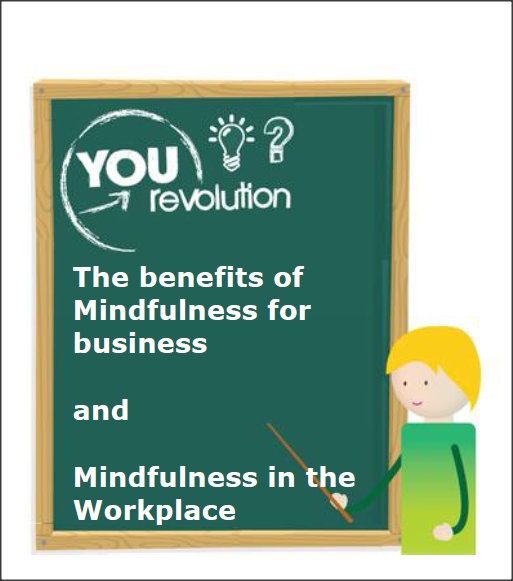Mindfulness for business and the workplace
As most of you are aware, in recent years, there has been an explosion of interest in mindfulness with widespread media coverage, bestselling books and a remarkable uptake of online resources.
There has been a huge increase in academic research on the subject with more than 500 peer-reviewed scientific journal papers now being published every year. Meanwhile developments in neuroscience and psychology are illuminating the mechanisms of mindfulness.
The Mindfulness All-Party Parliamentary Group (MAPPG) in Great Britain was so impressed by the levels of both popular and scientific interest that they launched an inquiry to consider the potential relevance of mindfulness to a range of urgent policy challenges facing government.
Many members of the MAPPG have been further inspired by the potential of mindfulness after personally experiencing the benefits on courses held in Westminster and as a result recently published the Mindful Nation UK report.
Life can be relentless, frantic and exhausting, but it doesn’t have to be this way.
With the continual interruption of texts, emails, facebook and twitter messages, there is no time to rest, relax and to consider how we really want to spend our lives and what conditions we need to create in order to make this happen. That said, some of us intentionally keep busy in order to distract ourselves from the bigger deeper questions about our existence on planet earth.
We all have a unique life purpose and plan. But contrary to this understanding, there still appears to be a, “template” and timeline that society reinforces us to follow.
For those of you reading this and living in the West, I am certain that you are familiar with what that template is. We go to school, get our education, find a job, meet a partner, get married or live together, have a family and continue to support our lifestyles and pay our bills. This template may work for many people, but it can also be a trap in making us believe that life is a one size fits all kind of deal. What about those who dare to be different and choose to follow an alternative path? What if we aren’t meant to have our life roll out in that exact order and fashion? Does that mean we should feel down and out about ourselves?
Being “wired and wildly busy” provides us with a sense of importance and that we must be in demand. Of course, this may infact not be true. On a physiological level, most of us experience a rush each time we speed through work tasks and our to do lists. This can sometimes result in people getting hooked on that feeling and often becoming an adrenaline junkie. For some, speed is an ecstasy fix. Put simply we get off on speed and busyness so our bodies and brains end up yearning for it and then beginning to demand it.
21st Century life pressures us to feel like we can be everywhere and do everything and it gives us quick fix, magical tools that strengthen this false belief. Witness today’s super mums juggling the schedules of their children, work, bills and me time, how was this possible before mobile phones, email and social media? Though she is pressured, she is not bored. One part of her feels like she is indispensable consistently receiving praise for completing such a difficult task.
So, what’s the cost to our health and well-being?
It can be exciting and thrilling pushing ourselves to and often beyond the limits of how much we are capable of. That said, doing too much too quickly can be exhausting, uncalled for, and potentially dangerous, for example, phone calls whilst driving.
In our relentless overloaded world, we often feel depleted and more tired when we get up in the morning than when we go to bed. Our productivity levels and the quality of our work depreciates with speed. The quicker we approach tasks the more likely we are inclined to make errors. When we feel up and high, we ride our hectic life like a high performing surfer in the flow of a great wave, but when we’re down often we wipe out, burn ourselves out and can’t seem to overcome exhaustion. Most importantly though this has long lasting and detrimental consequences for our health and well being.
Bringing Mindfulness to the Workplace
Google is, by all accounts (it was named Fortune’s top great place to work in 2014), a world-class employer. The organisation prides itself on being socially conscious, offering employees (known as Googlers) substantial benefits and perks like on-site cafes, dry cleaners, nap pods, and more than a dozen mindfulness courses. Google’s most popular “Search Inside Yourself” mindfulness course, offered since 2007, has a six-month wait list and thousands of Googler alumni.
The program consists of 19 sessions or an intensive two-and-a-half day retreat, and is designed as a contemplative training program that helps participants learn to better relate to themselves and to others. The training consists of three parts: attention training, self-knowledge development, and “creating mental habits.” Attention training focuses on developing the ability to bring one’s mind, under any circumstance and at any time, to a place that is calm and clear. Self-knowledge development focuses on becoming more aware of one’s self, creating a quality of self-knowledge and self-awareness that improves over time. This self-awareness helps mindfulness practitioners master their emotions. The third part of the training focuses on creating mental habits – for example, creating a mental habit of kindness. Participants are taught to look at every person they encounter and think “I want this person to be happy.” Once it becomes a mental habit, kindness comes naturally (Baer, 2014).
Google says this and other mindfulness programs are good for the company because they teach emotional intelligence, which helps people better understand their colleagues’ motivations. It also boosts resilience to stress and improves mental focus (Baer, n.d.). Participants of the “Search Inside Yourself” program agree. They report being calmer, more patient, and better able to listen. They also say the program helped them better handle stress and defuse emotions (Kelly 2012).
Healthcare giant Aetna liked the outcome of their study on mindfulness so much they now offer their mindfulness programs to customers, and more than 3,500 employees have participated in the programs. In 2010, Aetna developed, launched, and studied two mindfulness programs—Viniyoga Stress Reduction and Mindfulness at Work—in collaboration with Duke University, eMindful, and the American Viniyoga Institute. The goals of the programs were to help reduce stress and to improve how participants react to stress (Gelles, 2012 and Aetna staff, 2012).
In today’s work environment, mindfulness is a personal and professional strategy to improve performance and productivity. As Google, Aetna, General Mills, and Target can attest, bringing mindfulness to their workplaces has decreased employees’ stress levels, improved their focus and clarity, improved their listening , decision-making and leadership skills, and improved their overall happiness and well-being.
Perhaps most importantly from an HR and talent management professional perspective, mindfulness can reduce employee absenteeism and turnover, improve employee and client relationships, and boost job satisfaction.
How can you bring mindfulness to your workplace or gain more knowledge about the benefits of mindfulness for business?
Over the next few months, I’ll be sharing with you some mindfulness tips that have helped work class employers such as Google to boost their employees’ resilience to stress and to improve their concentration levels and mental focus.
.So watch out for my next blog !!! .
[content_block id=1666]

